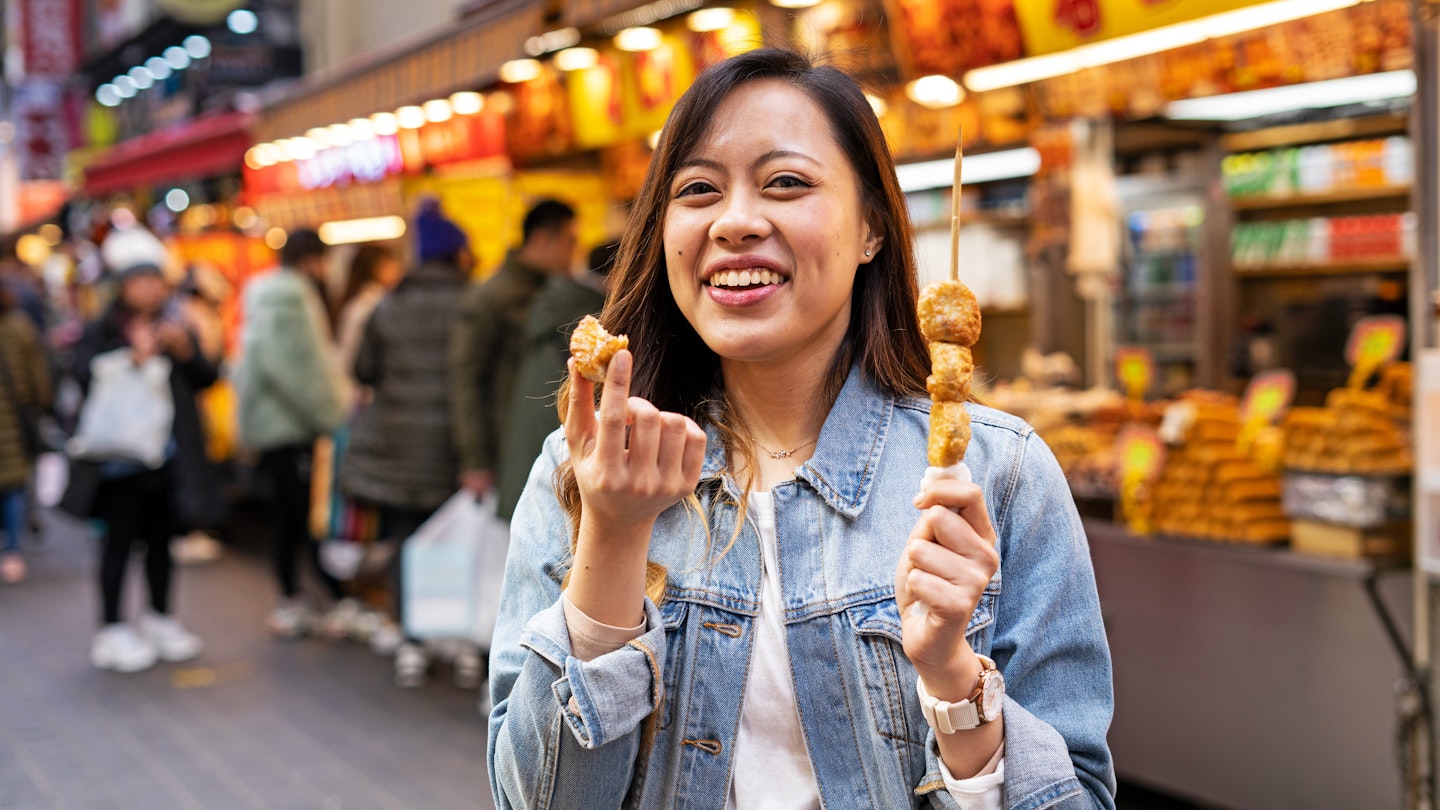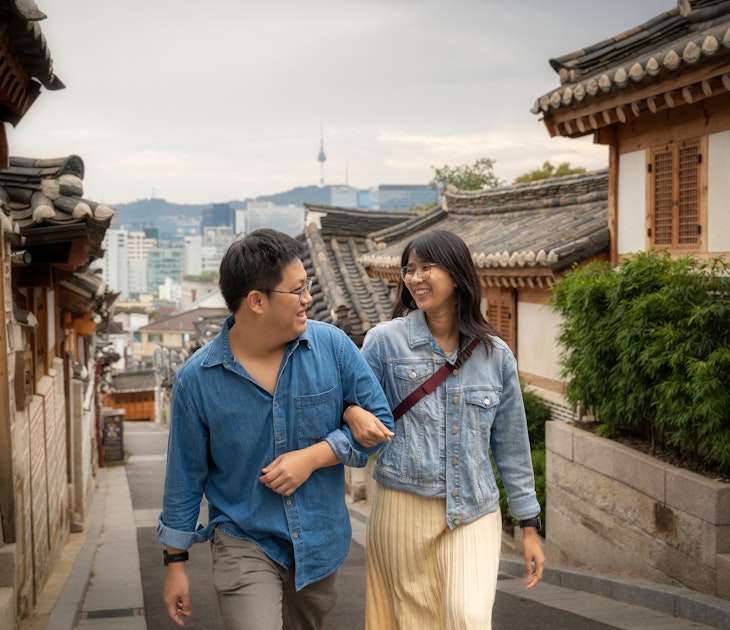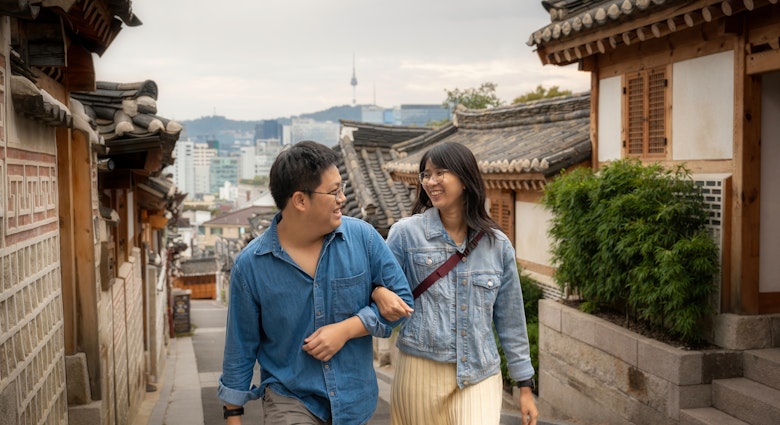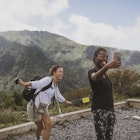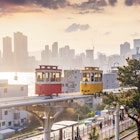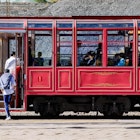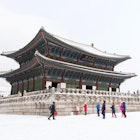South Korea's cost of living is on the rise, but it's definitely still possible to visit on a budget. Between its vast and affordable transit system, wide range of dining options and abundance of low-cost activities and attractions, South Korea can prove a relatively inexpensive travel destination.
To maximize your savings, here's a guide full of helpful pointers to visiting South Korea on a budget.
Consider whether you need a SIM card
South Korea is one of the most connected countries in the world, with many cities offering free wi-fi in busy public areas, in public transport stations and aboard buses and subways. Almost every cafe will provide customers with free wi-fi, and most accommodations, even small places, are likely to have internet access.
With so much free Internet around, it's entirely doable to forgo the SIM card altogether and rely on the nation's robust wi-fi infrastructure and pre-downloaded maps and translation apps instead. But if you want to guarantee that you'll always be connected, buy a SIM card in advance through sites like Trazy, Klook or Korea Sim and then pick it up at the airport. If your phone supports an electronic SIM card, purchase a short-term plan through eSIM Korea for as little as ₩1000 per day.

Fly to South Korea in January, November, October or March
Winter weather enthusiasts, rejoice! January is the cheapest month for airfare to South Korea, and it's a prime time for avoiding the crowds and partaking in winter sports activities. But if below-freezing temperatures are not your thing, the next most affordable (non-winter) months to fly are November, October and March. For the best deals, be sure to book your tickets at least five weeks in advance.
Leave the airport by bus or airtrain
Taxis from the airport are expensive and no faster than the bus or airtrain. The AREX train (departing from level B1F of the airport) to Seoul Station costs ₩4150 to ₩9500 for an adult ticket, depending on whether you select the 60-minute all-stop or the 45-minute express. From there, transfer to the subway to get around the capital. Or if you're heading beyond Seoul, buy a Korail railway ticket.
Even more affordable than the Korail are the airport buses, which leave directly from the airport (1F from Terminal 1, B1F from Terminal 2) and go to many major cities across the country.
Buy a Korail Pass for unlimited travel by train
If you plan on traveling to several cities in a short time span, look into purchasing a Korail Pass. Available in two varieties – a consecutive three- or five-day duration period or a flexible two- or four-day duration period – the Korail Pass ranges from ₩131,000 to ₩244,000 for adults. If you're traveling in a group of two or more, that price drops by ₩10,000, and if you're 27 or younger, you qualify for the youth price, discounted even further to ₩105,000 to ₩195,000. The Korail Pass is specifically for international travelers and works for both the high-speed KTX and slow trains.
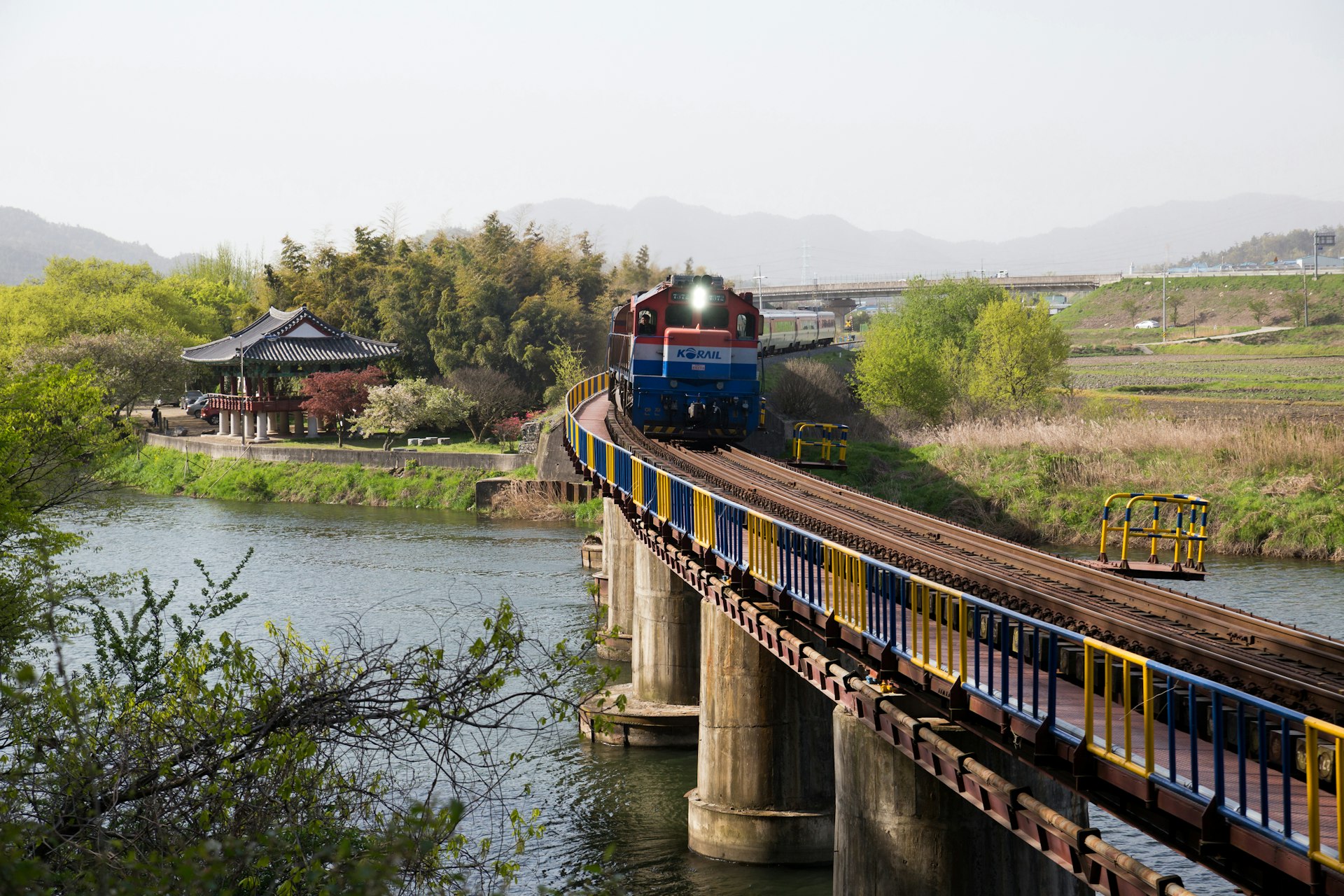
Ride the slow rail
If you don't expect to ride the train more than a handful of times within a five-day period, it's better to buy tickets a la carte. Look for the budget friendly Mugunghwa trains. As the most sluggish class of trains, they'll slow down your journey considerably (Seoul to Busan, for example, takes an extra three hours by Mugunghwa than by KTX), but they offer a chance to take in the stunning scenery out the window at a more leisurely (and less nauseating) pace.
To save even more, buy a train ticket for the dining car or the standing-room only spaces between cars. These sections have a limited number of stools or folding seats, so board early for your best chance of snagging one. Or, hit the pavement and use the intercity bus system instead.
Use transportation cards for discounted bus and subway fares
Instead of purchasing single-journey subway tickets or using cash to board the bus, buy a Tmoney transit card for ₩4000 and load it up with money at any subway station or major convenience store, including 7-Eleven, CU, GS25 and Ministop. The Tmoney card reduces both subway fares (by ₩100) and bus fares (by varying amounts, depending on the type of bus) and also provides discounts on transfers within 30 minutes.
Tmoney cards work anywhere in the country, but if you're visiting just Seoul and Jeju and you plan to get around primarily via public transit, you might want to consider the tourist-only regional MPASS card. This pass can be purchased in varying durations (ranging from ₩15,000 for one day to ₩64,500 for seven days) and allows for 20 rides per day.
Opt for local accommodations over international hotels
With international hotel chains costing upwards of ₩250,000 a night in South Korea, budget-conscious travelers should aim for small local lodgings instead. In Seoul, cute boutique options abound. Outside major centers, though, these can be hard to find, so consider a minbak or pension, which are usually ondol-style rooms equipped with underfloor heating and often sleeping mats rather than beds. When possible, book directly with the lodging as opposed to through a middle-man aggregator site, as proprietors often have to drive up their nightly rates to cover the platform's service fees.
If you're in a pinch and feel comfortable with sleeping in a shared space, there's always the possibility of staying in a 24-hour jjimjilbang (bathhouse).

Eat at traditional markets, street stalls and mom-and-pop restaurants
For homey, satisfying eats, head to the traditional markets, where you can find heaping portions of noodles, soups and fried snacks at reasonable prices from the restaurants and food stalls tucked inside. Budget travelers should keep an eye out for pojangmacha (tented dining areas), where you can order dishes like meat skewers, fish cake soup and tteokbokki rice cakes (as well as soju and beer) while seated outside at a plastic table. Small mom-and-pop places also provide big bang for your buck, serving up your main course with a bowl of rice and a table full of (refillable) banchan side dishes.
Search for tourist coupons
For travelers interested in doing a lot of sightseeing on their trip, several different tourist savings cards discount or waive admission to many of the country's most popular attractions. The Discover Seoul Pass (ranging from ₩50,000 for one day to ₩90,000 for three days) offers more than 200 deals, including free use of the city's public bicycles and a free ride on the AREX. The Korea Tour Pass (₩4000) comes with benefits from 182 brands.
Both passes can be loaded just like Tmoney cards for use as a transportation card, and they also have mobile apps. For travelers who don't intend on visiting so many attractions, it's worth stopping into a tourist information center to see what one-off coupons are available. Check out the Korea Tourism Organization's website or app for a list of special promotions.
Visit museums, movie theaters and other attractions on Culture Day
If you happen to be in South Korea on the last Wednesday of the month, check to see whether any of the venues you're interested in participate in Culture Day. On this day, more than 2000 museums, art galleries, performance halls, movie theaters, sports facilities and heritage sites across the country give free or discounted admission.
Traveling to Jeju is cheaper by plane than by ferry
For those visitors who have Jeju on their itinerary, going by plane can often cost much less than going by boat, plus flying is exponentially faster. Choose budget airlines such as Jeju Air, Air Busan, Jin Air, T'way, Air Seoul or Eastar Jet over the pricier Korean Air and Asiana Airlines. Weekday flights without a flexible cancellation policy can be found for less than ₩18,000 one way.

Take advantage of South Korea's vast national park system
South Korea is home to 22 national parks, some of which are free, and others of which charge less than ₩4000 for the entrance fee. For nature lovers, these parks offer not only a bit of hiking but also a glimpse of some of the country's most beautiful Buddhist temples that are hidden within. Book a campsite or sleeping shelter for an overnight adventure experience that costs as little as a couple thousand won a night.
Claim your sales tax refund before you go
Foreigners who stay less than six months (and overseas Koreans staying less than three months) in South Korea are eligible for a refund of the 10% sales tax paid on purchases. These purchases must be more than ₩30,000 and less than ₩500,000 and can be made only at participating tax-free stores. You can claim your reimbursement immediately at the tax-free store itself, at a tax-refund booth outside airports and ports, or at the tax-refund counter or kiosk inside major airports. You'll need your receipts and your passport.
Daily costs in South Korea
- Hostel room: ₩20,000–40,000
- Basic guesthouse or minbak room for two: ₩30,000–60,000
- Self-catering apartment (including a pension): ₩60,000–120,000
- Public transport ticket (one bus ride using a transportation card): ₩1200
- Coffee: from ₩3000
- Gimbap (rice rolls): from ₩2000
- Dinner for two: from ₩15,000
- Beer at the bar: from ₩4000

